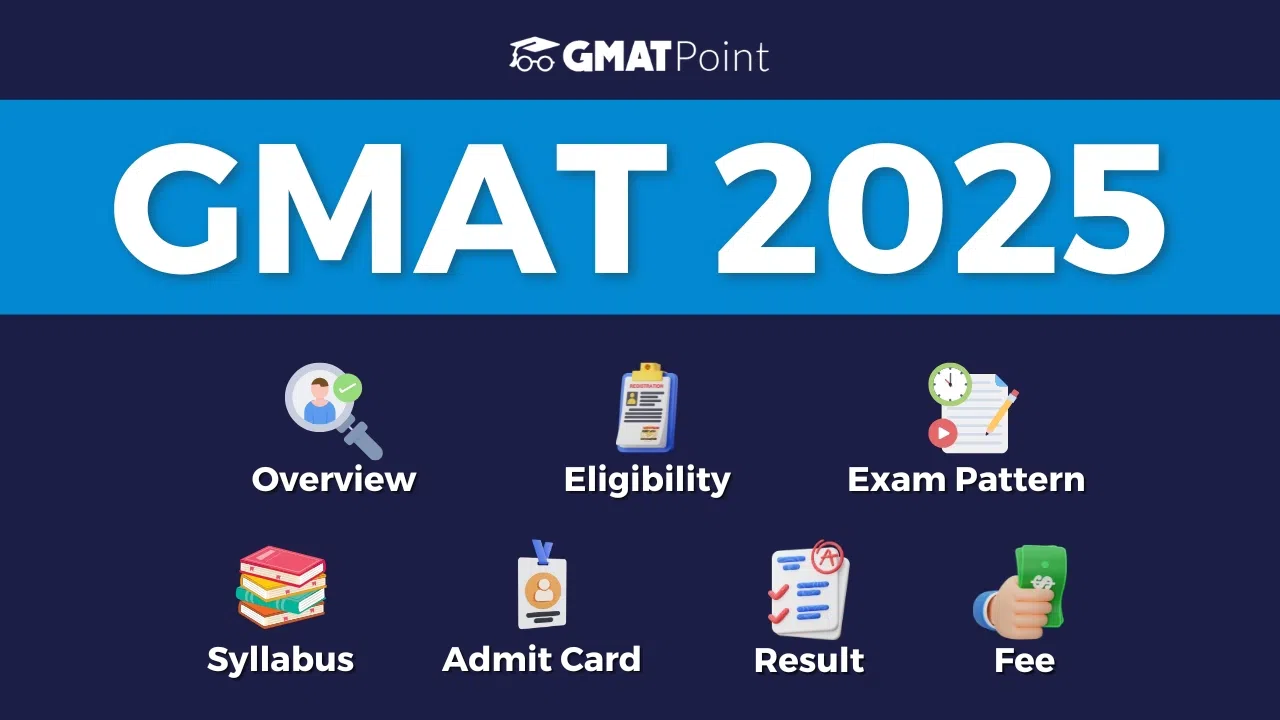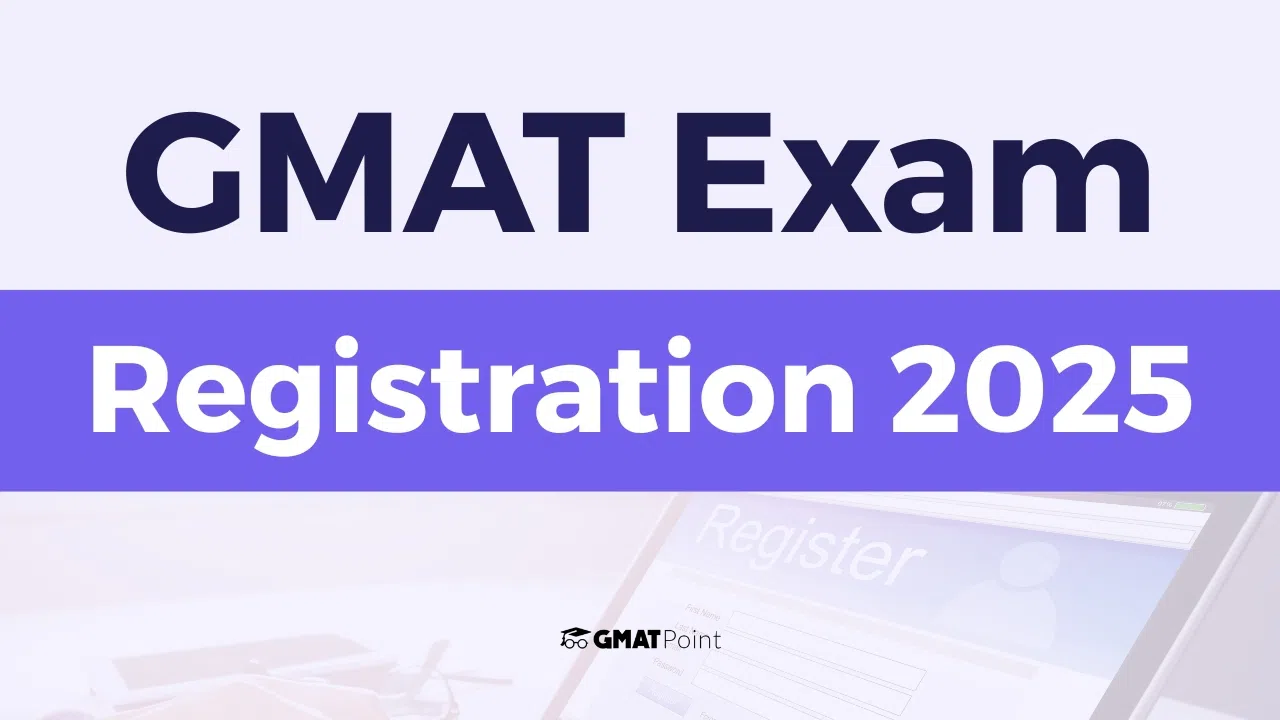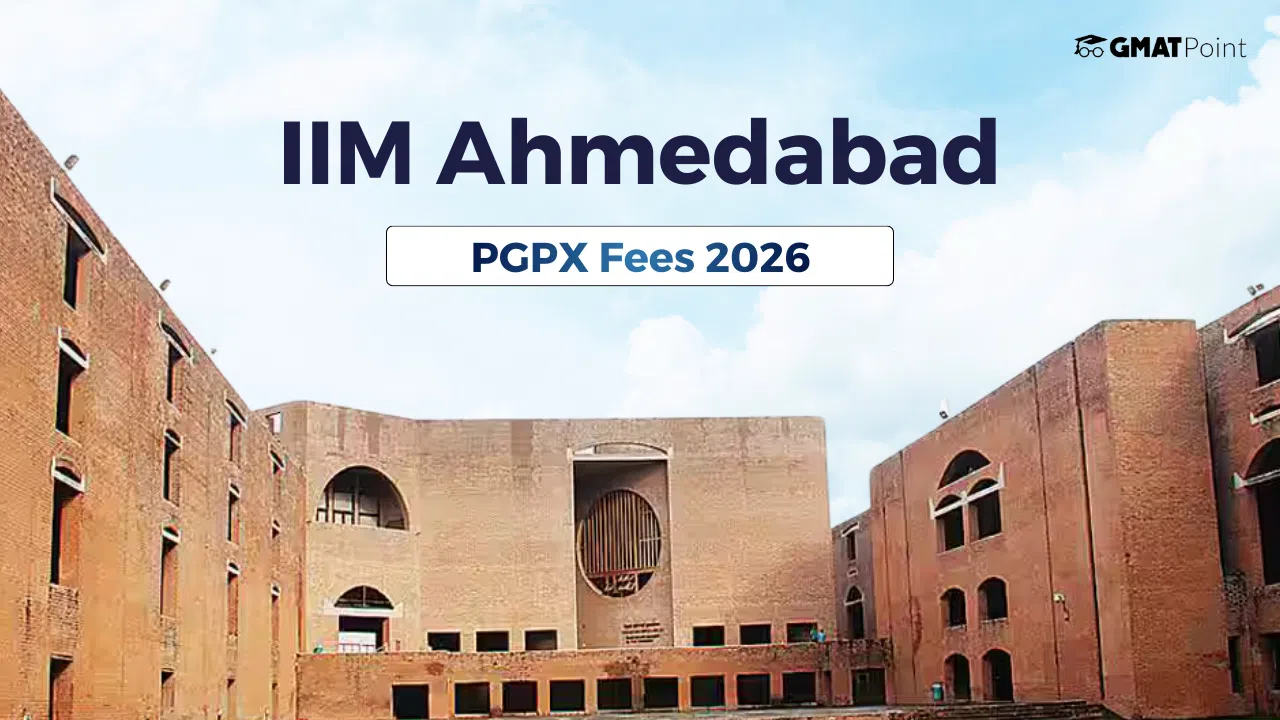The GMAT (Graduate Management Admission Test) is an important evaluative criteria for aspiring MBA candidates as many top B-schools accept GMAT scores around the world. With the introduction of the GMAT Focus Edition, a new section called Data Insights has been added. This section tests candidate's ability to analyze and interpret data, drawing meaningful conclusions from various data representations.
Preparing for GMAT Data Insights requires a strategic approach involving numeral proficiency, analytical skills, and practice. This article will help you excel in this section.
What is Data Insights?
The GMAT Data Insights section is an important part of the exam that focuses on data literacy and analytics. It tests your ability to understand and analyze different types of data sets which is essential in today's business world.
This section reflects the growing need for data skills in business and ensures that the GMAT exam stays relevant to modern business requirements. Doing well in this section shows that you are prepared for data-driven business studies and careers.
Section Highlight
Here are the key highlights of this newly introduced Data Insights section, how it appears in the exam and what candidates can expect from it.
| GMAT Sections | Total Questions | Types of Questions | Sectional Timing |
| Data Insights | 20 |
| 45 minutes |
Data Insights include question on the following themes:
- Data Sufficiency: Data Sufficiency questions in the GMAT Data Insights section require you to determine if the provided data is enough to solve the problem. Focus on deciding whether you have sufficient information rather than calculating the actual answer.
- Graphics Interpretation: Graphics Interpretation questions require careful analysis of data presented in graphics. These type of questions involve evaluating the skill to interpret and draw conclusions from graphical data. Understand the question's requirements, which involve interpreting data, identifying relationships, and drawing inferences.
- Table Analysis: Table Analysis questions involve examining the table and related text to understand the data presented. Carefully read the question to identify the specific data analysis needed and review all answer choices.
- Two-Part Analysis: Two-Part Analysis questions require careful reading and analysis. Focus on the presented data without letting prior knowledge bias your response. Pay close attention to the question's instructions and understand whether tasks are independent or dependent. Consider all answer choices thoroughly as one option might fulfill conditions for both parts of the question.
- Multi-Source Reasoning: Multi-Source Reasoning questions tests your ability to integrate and analyze information from multiple sources. Analyze each data source thoroughly, whether it's text passages or graphical elements like tables or charts.
How to ace Data Insights?
Preparing for Data Insights section involves mastering essential techniques for understanding, analyzing and interpreting data effectively which is not only required in GMAT exam but in practical scenarios as well. This guide provides strategies and resources to enhance candidates' skills to successfully crack this section of the GMAT exam.
Key Skills Required
Candidates need to equip themselves with the following skills so as to successfully attempt Data Insights section:
- Quantitative Skills: A solid foundation in mathematics, including statistics, probability, and algebra.
- Analytical Reasoning: Ability to draw inferences from data, recognize patterns, and understand data trends.
- Critical Thinking: Evaluating arguments and making decisions based on data analysis.
- Data Interpretation: Proficiency in reading and interpreting data from various formats, such as charts and graphs.
Step-by-Step Preparation Guide
Here are detailed steps to effectively prepare for the Data Insights section of the GMAT exam:
- Familiarize Yourself with the Format: Start by understanding the format of the Data Insights section. This will involve reviewing sample questions and practice tests, understanding the types of data representations you’ll encounter, learning the structure of questions and the time allocated for each.
- Strengthen Your Quantitative Foundation: A strong grasp of fundamental mathematics is required. Candidates will need to focus on the following mathematical areas: Statistics: Mean, median, mode, standard deviation, and variance; Probability: Basic probability rules, permutations, and combinations; Algebra: Equations, inequalities, functions, and graphs.
- Develop Analytical Skills: Enhancing your analytical skills will involve practicing data interpretation from various sources, solving puzzles and logical reasoning problems, analyzing case studies and business scenarios. With consistent practice candidates will be able to develop their analytical and critical skills.
- Practice Data Interpretation: Regular practice with data sets is crucial. For practicing, candidates can use study material like GMAT preparation books, online resources, Official GMAT practice tests and sample questions, tools like Excel to manipulate and analyze data sets.
- Focus on Time Management: The Data Insights section is time-bound. Effective time management is required to crack this section successfully. Hence candidates will need to practice under timed conditions, learn to quickly identify the type of data representation and the question’s requirement and develop strategies for answering questions efficiently, such as eliminating incorrect options.
- Use Official GMAT Resources: GMAT offers a range of official preparation materials. Candidates can utilize these resources to prepare for their exam. These will include- The Official Guide for GMAT Review, GMATPrep software for practice tests, Official GMAT question banks and online resources etc.
Effective Study Strategies
To prepare effectively for Data Insights section, candidates can implement the following strategies:
- Create a Study Plan: A well structured study plan will help candidates in covering all topics systematically and allocate time for each topic based on their strengths and weaknesses. Further candidates can also adjust this plan based on their performance and areas needing improvement.
- Join Study Groups: Collaborating with peers can provide new insights and strategies. In this way candidates can join online forums and study groups, participate in discussions and share resources and tips with fellow aspirants.
- Take Mock Tests: Taking mock tests is one of the most important aspect of any exam. Candidates can take full-length practice tests regularly and analyze their performance to identify weak areas. Further mock tests can also help them to focus on improving speed and accuracy.
- Review and Analyze: Regular review and analysis are important for continuous improvement. This will include review incorrect answers to understand mistakes, analyze patterns in mistakes and address recurring issues. Finally keeping a track of progress and adjust your study plan accordingly.
Resources for Preparation
Candidates preparing for GMAT can use diverse resources to prepare effectively for the Data Insights section. Here are some of the top resources that they can follow:
Books
- The Official Guide for GMAT Review
- Kaplan GMAT Math Workbook
- Manhattan Prep GMAT Advanced Quant
Online Platforms
- GMAT Point: GMAT Point, an online prep platform co-founded by GMAT 100 percentilers, offers thousands of high-quality GMAT-level questions. Their Daily GMAT targets are praised by top scorers for maintaining consistency and ensuring comprehensive coverage of all sections throughout their preparation. The best part is their price which is very economical for the students who are preparing for GMAT.
GMAT Club: A community with resources, forums, and practice questions. - Magoosh GMAT: Online courses, video lessons, and practice questions.
- e-GMAT: Online courses focused on quant and verbal sections.
Apps
- GMAT Point Mobile App: Our mobile android app is one of the very helpful apps out there to prepare for GMAT. It contains GMAT Daily Targets and practice questions, which you can solve anywhere at anytime.
- GMAT Official Guide Mobile App: Access official practice questions on the go.
- Magoosh GMAT Prep App: Video lessons, practice questions, and study schedules.
Tips for Success
- Stay Consistent: Consistency is key to mastering Data Insights. Dedicate regular hours to study and practice and keep revisiting difficult concepts until they’re clear.
- Focus on Accuracy: While speed is important, accuracy should not be compromised. Avoid guesswork and use elimination techniques if unsure.
- Stay Updated: Keep abreast of changes in the GMAT format and test structure. Regularly visit the official GMAT website for updates or follow GMAT-related blogs and forums for tips and news.
- Stay Positive and Confident: Stay confident in your preparation and abilities and practice stress-relief techniques like meditation or exercise. Further keep a balanced routine to avoid burnout.
Conclusion
Preparing for the GMAT Data Insights section requires a strategic approach, combining strong quantitative skills with effective data interpretation and analytical reasoning. By following a structured study plan, utilizing the right resources, and practicing consistently, candidates can better their performance and achieve a high score in this challenging section. Stay focused, stay motivated, and approach your preparation with confidence.
Also Check, GMAT Focus Edition Syllabus, Section-Wise Syllabus PDF
FAQs
How to improve data insights score in GMAT?
Regularly practice is the key to improve your score in this section. Try to inculcate various strategies required to crack this section.
Is data insights difficult in GMAT?
Data Insights might be difficult for many candidates as it requires to analyze and interpret data and it does not have a set structure like quants or verbal.
Is integrated reasoning the same as data insights?
The newly introduced Data Insights section of GMAT exam is a blend of Integrated Reasoning and Data Sufficiency question types highlighting essential digital and data skills needed in modern business.
How many data insights questions does GMAT focus on?
There will be a total of 20 questions that a candidate will need to solve in 45 minutes as per the new structure of GMAT Data Insights section.

























